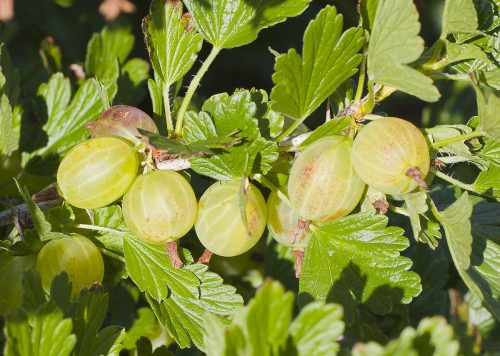Gooseberry, like the redcurrant and the blackcurrant, belongs to the ribes family.
You are viewing the mobile-adapted version of the page.
The one for tablets, laptop and desktop also provides general information, such as origin and cultivation.
Gooseberry (Ribes uva-crispa), like the redcurrant (Ribes rubrum) and blackcurrant (Ribes nigrum), belongs to the ribes family (Grossulariaceae). Gooseberries also bear on the annual wood. Gooseberries produce many shoots; leave the strongest ones standing and prune away the rest. Remove old fruitwood.
Prune in winter when the weather is dry. Pruning of fruit trees is necessary to keep the shrub vital, so that young fruitwood develops each year, and to give the gooseberry air and light. After all, ripening fruit needs sunshine. Prune branches that cross each other and also branches that go straight up. These do not bear fruit and cost the shrub a lot of energy. Damaged and diseased branches should also be cut away. Fruiting wood develops on structural branches.
Gooseberries ripen during the summer. Pick small gooseberries before they are really ripe; these are suitable for use in cooking. The remaining gooseberries grow larger as a result. Pick these when they are fully ripe.
Bugs
Young leaves are eaten away: caterpillars of the Common gooseberry sawfly (Nematus ribesii).
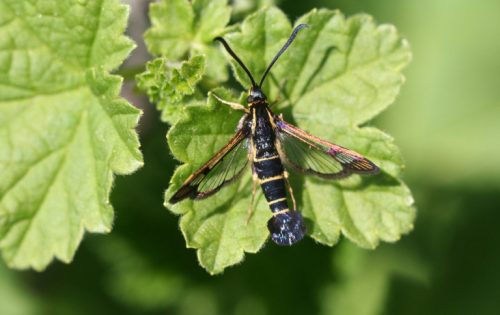
Wilting branches; tunnels in perennial wood: Currant clearwing (Synanthedon tipuliformis) .
Holes in often a single berry with webbing around it; currant ripens early: Gooseberry Knot-horn (Zophodia grossulariella).
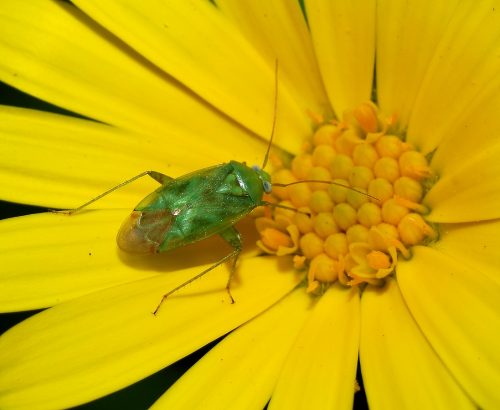
Leaf shows holes, warty spots on berries: Common green capsid (Lygocoris pabulinus).
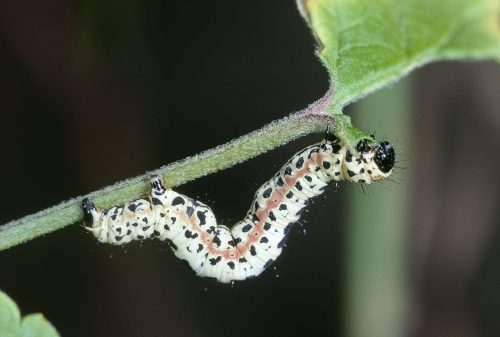
Leaf, blossom and ovary are eaten by caterpillars of the Magpie moth (Abraxas grossulariata) .
Fungi & diseases

Brown spots on the leaf after which leaves fall off prematurely: Currant and gooseberry leaf spot (Drepanopeziza ribis).
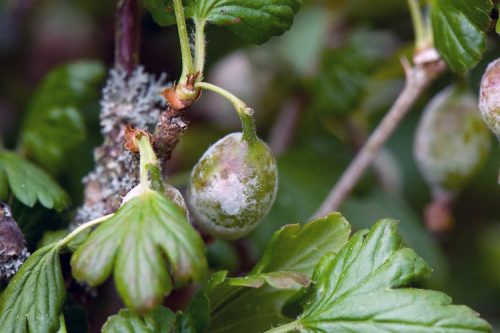
White fungus on young shoots and berries; shoots lag behind in growth and affected berries are no longer edible: American gooseberry mildew (Sphaerotheca mors-uvae).
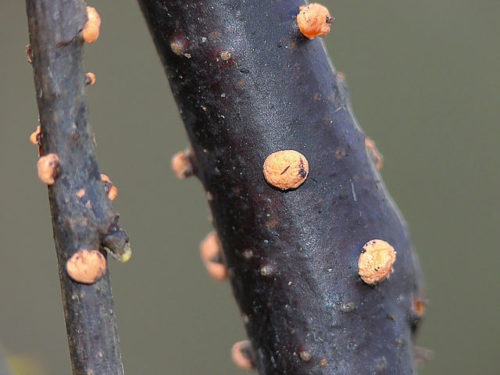
Small, orange-red raised spots appear on affected branches, which can be either dead or living branches: Coral spot (Nectria cinnabarina).
Other
Gooseberries sometimes have trouble with heavy clay: too wet in winter and too dry in summer. Groundwater levels do not adjust easily; summer drought does. A thick layer of compost around the gooseberry and regular watering prevents drying out in summer. If the gooseberry’s location is proven unsuitable, consider placing it in a large pot with fertile, well-drained soil.

